

Articles
How To Store Fresh Turmeric
Modified: December 7, 2023
Learn the best methods to store fresh turmeric and keep it fresh for longer. Read our informative articles for useful tips and tricks.
(Many of the links in this article redirect to a specific reviewed product. Your purchase of these products through affiliate links helps to generate commission for Storables.com, at no extra cost. Learn more)
Introduction
Fresh turmeric, with its vibrant color and distinct flavor, has become increasingly popular in both culinary and medicinal applications. This root, rich in curcumin, offers a multitude of health benefits, such as reducing inflammation, boosting immune function, and supporting digestion. However, to fully enjoy the benefits of fresh turmeric, proper storage is crucial.
Storing fresh turmeric in the right conditions ensures that it maintains its flavor, texture, and potency for an extended period. Whether you have purchased a small batch from the local market or harvested it from your garden, knowing how to store fresh turmeric properly will help you make the most of this versatile ingredient.
In this article, we will explore different methods to store fresh turmeric and share some tips to extend its shelf life. By following these guidelines, you can enjoy the vibrant flavors and health benefits of fresh turmeric for weeks, if not months, to come.
Key Takeaways:
- Proper storage of fresh turmeric is crucial to preserve its flavor, nutritional value, and overall quality. Whether refrigerating, freezing, drying, or pickling, each method offers a unique way to extend the shelf life of this vibrant and versatile root.
- To maximize the shelf life of fresh turmeric, handle it with care, store it in a cool, dark place, avoid moisture, use airtight containers, and consider storing in single-serving portions. By following these tips, you can ensure that your fresh turmeric remains accessible and ready to elevate your culinary creations with its signature taste and health benefits.
Read more: How To Store Fresh Ginger And Turmeric
Importance of Proper Storage
Proper storage of fresh turmeric is essential to preserve its flavor, nutritional content, and overall quality. When exposed to unfavorable conditions, turmeric can deteriorate quickly, resulting in loss of taste, texture, and color. Here are some key reasons why proper storage is important:
- Preserves Flavor: Fresh turmeric is known for its unique flavor, which is a combination of earthy, spicy, and slightly bitter notes. Proper storage helps retain these flavors, ensuring that your dishes are infused with the distinct taste of turmeric.
- Maintains Nutritional Value: Turmeric is renowned for its health-promoting properties, primarily due to its active compound, curcumin. Curcumin is sensitive to heat, light, and air, which can degrade its potency. Proper storage helps to preserve the nutritional value of fresh turmeric, allowing you to reap its potential benefits.
- Prevents Spoilage: Like any fresh produce, turmeric can spoil if not stored correctly. Improper storage can lead to mold growth, rotting, and an unpleasant odor. By storing turmeric properly, you can prevent spoilage and enjoy it for longer periods.
- Saves Money: Buying fresh turmeric in bulk or growing it in your garden can be cost-effective, but it’s a waste if it goes bad before you have a chance to use it. Proper storage extends the shelf life of turmeric, allowing you to use it gradually without worrying about waste.
Now that we understand the importance of proper storage, let’s dive into the next section to learn how to select the best-quality turmeric for storage.
Selecting Fresh Turmeric
When it comes to storing fresh turmeric, selecting high-quality roots is the first step. Here are some tips to help you choose the best turmeric for storage:
- Look for Firmness: Opt for turmeric roots that are firm to the touch. Avoid any roots that feel soft, spongy, or have visible signs of decay.
- Check the Skin: The skin of fresh turmeric should be smooth and free from blemishes or wrinkles. Avoid roots with cuts, bruises, or moldy patches.
- Go for Vibrant Color: Fresh turmeric should have a bright, deep orange or yellow color. Avoid roots that appear dull or have a pale color, as they may be less flavorful.
- Avoid Sprouting: Turmeric roots should not have any sprouts or shoots emerging from them. Sprouting indicates that the root is older and may be past its prime.
- Consider Organic Options: Opt for organic turmeric whenever possible to avoid potential exposure to pesticides or other chemical residues.
By selecting fresh turmeric with these qualities, you ensure that you have a good starting point for proper storage and a flavorful culinary experience.
Before moving on to the storage methods, it’s important to know how to clean and prepare fresh turmeric to maximize its longevity and quality. This will be covered in the next section.
Cleaning and Preparing Turmeric
Properly cleaning and preparing fresh turmeric is essential before storing it. Here’s a step-by-step guide to help you clean and prepare turmeric for optimal storage:
- Washing: Start by rinsing the turmeric roots under cool running water to remove any dirt or debris. You can use a soft brush or your fingers to gently scrub the roots if needed.
- Peeling: Using a vegetable peeler or a small knife, carefully peel off the thin outer layer of skin from the turmeric roots. This layer can be tough and may affect the texture of your dishes if not removed.
- Trimming: Inspect the turmeric roots and trim off any bruised or discolored parts. It’s important to remove these areas to prevent further degradation during storage.
- Slicing or Grating: Depending on your preference and how you plan to use turmeric, you can either slice the roots into thin rounds or grate them using a fine grater. Slicing or grating makes it easier to measure and use turmeric in various recipes.
Once you have cleaned and prepared the turmeric, you can proceed with storing it using one of the methods described in the next section. Remember to handle the turmeric roots gently to avoid bruising or damaging them.
Now that we have prepared the turmeric, let’s explore various storage methods to keep it fresh and flavorful.
Storage Methods
There are several methods you can use to store fresh turmeric, depending on your preferences and the available resources. Here are four common storage methods:
- Method 1: Refrigeration: Refrigeration is one of the most popular methods to store fresh turmeric. Place the cleaned and dried turmeric roots in a breathable container, such as a paper bag or a glass jar with holes for ventilation. Store it in the vegetable compartment of your refrigerator, where the temperature is cool and consistent. Fresh turmeric can last for up to two weeks when refrigerated.
- Method 2: Freezing: Freezing fresh turmeric is a great option if you want to extend its shelf life for several months. To freeze turmeric, peel and grate or slice it as desired. Spread the turmeric pieces on a baking sheet lined with parchment paper and place them in the freezer until frozen solid. Transfer the frozen turmeric to an airtight container or freezer bag, removing as much air as possible. Frozen turmeric can last up to 6 months.
- Method 3: Drying: Drying fresh turmeric is an effective way to preserve it for long-term use. To dry turmeric, slice the roots into thin rounds and spread them in a single layer on a drying rack or a baking sheet lined with parchment paper. Place the rack or sheet in a well-ventilated area with low humidity. Allow the turmeric slices to dry completely, which can take several days to a week depending on the drying conditions. Once dry and brittle, store the turmeric in an airtight container away from light and moisture. Dried turmeric can last for up to a year.
- Method 4: Pickling: Pickling fresh turmeric is a unique way to store and enjoy it. Peel the turmeric roots and cut them into small, uniform pieces. Bring a mixture of vinegar, salt, and spices (such as mustard seeds, peppercorns, and ginger) to a boil, then add the turmeric pieces. Let them simmer for a few minutes, then transfer everything to sterilized jars. Seal the jars and refrigerate them for at least a week before using. Pickled turmeric can last for several months.
Choose the storage method that suits your needs and preferences. Each method offers a different way to preserve the freshness and flavor of turmeric, allowing you to enjoy it even when it’s out of season.
In the next sections, we will discuss specific considerations for storing cut or grated turmeric, as well as some additional tips to extend the shelf life of your turmeric.
Read more: How To Store Fresh Turmeric In Freezer
Method 1: Refrigeration
Refrigeration is a popular and simple method to store fresh turmeric and extend its shelf life for up to two weeks. Here’s how you can store turmeric in the refrigerator:
- Start by cleaning and preparing the fresh turmeric roots as mentioned earlier.
- Make sure the turmeric is thoroughly dried before storing it. Excess moisture can lead to mold growth, so pat the roots dry with a paper towel.
- Find a breathable storage container such as a paper bag, mesh bag, or a glass jar with holes for proper ventilation.
- Place the dried turmeric roots in the container, ensuring that there is enough space for air to circulate.
- Store the container in the vegetable compartment of your refrigerator. This area usually offers the ideal temperature and humidity for turmeric storage.
- Avoid storing turmeric near strong-smelling foods as it can absorb their odors.
By following these steps, you can maintain the freshness and flavor of your turmeric for up to two weeks. Refrigeration is especially useful if you have a larger quantity of turmeric or if you prefer to use it gradually in your recipes.
Keep in mind that turmeric may lose some of its potency and flavor as it sits in the refrigerator. Therefore, it’s best to use it as soon as possible for the most vibrant and aromatic results.
Next, we will explore the second storage method, which is freezing fresh turmeric.
Store fresh turmeric in the refrigerator in a resealable plastic bag or airtight container to keep it fresh for up to 2 weeks. Make sure to remove any excess moisture before storing.
Method 2: Freezing
Freezing fresh turmeric is an excellent way to prolong its shelf life for several months while preserving its flavor and nutritional value. Here’s a step-by-step guide on how to freeze turmeric:
- Start by cleaning and peeling the fresh turmeric roots. Remove any dirt and outer skin using a vegetable peeler or a small knife.
- If desired, slice or grate the turmeric roots into smaller pieces. Slicing makes it easier to measure out portions, while grating allows for quick and easy incorporation into recipes.
- Spread the sliced or grated turmeric in a single layer on a baking sheet lined with parchment paper. This ensures that the pieces freeze individually rather than clumping together.
- Place the baking sheet with the turmeric in the freezer and let it freeze for a few hours or until the pieces are completely frozen.
- Once the turmeric is frozen solid, transfer the pieces into an airtight container or a freezer bag. Be sure to remove as much air as possible from the container or bag before sealing it.
- Label the container or bag with the date to keep track of its freshness.
Frozen turmeric can be stored in the freezer for up to 6 months without significant loss of flavor or quality. This method allows you to easily access a portion of turmeric whenever needed, without the risk of spoilage.
When using frozen turmeric in recipes, there is no need to thaw it. You can directly add the frozen pieces to soups, stir-fries, smoothies, or any other dish you prefer. Just remember to adjust the cooking time slightly as frozen turmeric may take a bit longer to cook than fresh turmeric.
Now that we have covered freezing as a storage method, let’s move on to the third method, which is drying fresh turmeric.
Method 3: Drying
Drying fresh turmeric is an effective method to preserve it for long-term storage while still retaining its flavor and nutritional benefits. Here’s a step-by-step guide on how to dry turmeric:
- Start by cleaning and peeling the fresh turmeric roots. Remove any dirt and outer skin using a vegetable peeler.
- Once peeled, slice the turmeric roots into thin rounds or strips. This will help speed up the drying process and ensure even drying.
- Place the turmeric slices in a well-ventilated area where they can dry naturally. You can use a drying rack or a baking sheet lined with parchment paper.
- Allow the turmeric slices to air dry for several days or up to a week. The drying time may vary depending on the humidity and airflow in your location.
- Check the turmeric slices periodically to ensure they are drying properly and not developing any signs of mold or spoilage.
- Once the turmeric slices are completely dry and brittle, transfer them to an airtight container like a glass jar or zip-top bag.
- Store the dried turmeric in a cool, dark place away from sunlight, moisture, and heat sources.
Dried turmeric can be used in various culinary applications, such as grinding it into a powder for use as a spice, infusing it in hot water to make turmeric tea, or adding it directly to soups, stews, and curries as a flavor enhancer.
Properly dried turmeric can last for up to a year. However, it is essential to monitor its condition regularly and discard any pieces that show signs of moisture or mold.
Now that we have learned about drying as a storage method, let’s explore another creative way to store turmeric—pickling!
Method 4: Pickling
Pickling fresh turmeric is a unique and flavorful way to store it while enhancing its taste and versatility. Here’s how you can pickle turmeric:
- Start by cleaning and peeling the fresh turmeric roots. Remove any dirt and outer skin using a vegetable peeler or a small knife.
- Cut the turmeric roots into small, uniform pieces. You can choose to slice them into rounds, julienne them into thin strips, or dice them into bite-sized chunks.
- In a saucepan, bring a mixture of vinegar, water, salt, and your choice of pickling spices (such as mustard seeds, peppercorns, or ginger) to a boil. Stir the mixture to dissolve the salt and blend the flavors.
- Add the turmeric pieces to the boiling pickling liquid, reduce the heat, and let them simmer for a few minutes. This will help soften the turmeric slightly and infuse it with the flavors of the pickling solution.
- Remove the saucepan from the heat and allow the pickling liquid to cool down to room temperature.
- Transfer the pickled turmeric along with the pickling liquid into sterilized jars. Make sure the turmeric pieces are fully submerged in the liquid.
- Seal the jars tightly and refrigerate them for at least a week, allowing the turmeric to absorb the flavors and develop its distinct pickled taste.
Pickled turmeric can be stored in the refrigerator for several months. The longer it sits, the more intense the flavors will become.
Pickled turmeric adds a tangy and vibrant element to salads, sandwiches, relishes, and more. It can be enjoyed as a condiment or used as an ingredient to enhance the taste of various dishes.
Now that we have covered the four different methods of storing fresh turmeric, let’s move on to specific considerations for storing cut or grated turmeric.
Read more: How To Store Turmeric
Storing Cut or Grated Turmeric
If you have already cut or grated your turmeric and want to store it for future use, here are some tips to keep it fresh:
- Transfer the cut or grated turmeric to an airtight container or a zip-top bag. Make sure to remove any excess air to prevent moisture and oxidation.
- Label the container or bag with the date to keep track of its freshness.
- Store the container or bag in the refrigerator to maintain its quality.
- Alternatively, you can freeze the cut or grated turmeric in portioned amounts. Place it in a freezer bag or container, removing as much air as possible before sealing.
- When using the stored turmeric, thaw it in the refrigerator before incorporating it into your recipes.
It’s important to note that cut or grated turmeric tends to lose its potency and flavor more quickly compared to whole turmeric roots. Therefore, it’s advisable to use it within a week or two for the best results.
By following these guidelines, you can ensure that your cut or grated turmeric remains fresh and convenient to use whenever you need it.
Now that we have covered storing cut or grated turmeric, let’s move on to some additional tips to help you extend the shelf life of your turmeric.
Tips for Extending Shelf Life
To maximize the shelf life of your fresh turmeric and ensure its quality and flavor, consider the following tips:
- Handle with care: Turmeric roots are delicate, so handle them gently to prevent bruising or damage that can accelerate spoilage.
- Store in a cool, dark place: If you don’t have space in the refrigerator, store whole turmeric roots in a cool, dark area away from sunlight and heat sources.
- Avoid moisture: Moisture can promote mold growth. Ensure the turmeric is completely dry before storing it, and avoid storing it in areas with high humidity.
- Check for spoilage: Regularly inspect stored turmeric for any signs of mold, softness, or an unpleasant odor. Discard any spoiled pieces to prevent contamination.
- Avoid direct sunlight: Exposure to sunlight can degrade the flavor and nutritional content of turmeric. Keep it away from direct sunlight or store it in opaque containers.
- Use airtight containers: Whether storing in the refrigerator or freezer, opt for airtight containers or bags to minimize air exposure and maintain freshness.
- Don’t wash before storage: Avoid washing turmeric before storage, as moisture can lead to spoilage. Instead, wash it right before using.
- Store in single-serving portions: If you frequently use turmeric in small amounts, consider portioning and storing it accordingly. This way, you can thaw or use only what you need without exposing the entire batch to air and moisture.
By following these tips, you can significantly extend the shelf life of your fresh turmeric and make the most of this valuable spice.
Final Thoughts:
Properly storing fresh turmeric is key to preserving its flavor, nutritional benefits, and overall quality. Whether you choose to refrigerate, freeze, dry, or pickle it, the storage method you select will depend on your preferences and desired usage. Remember to clean and prepare turmeric before storage and follow the recommended guidelines for each storage method. By doing so, you can enjoy the vibrant flavors and health benefits of fresh turmeric for an extended period.
With these storage methods and tips in mind, you can ensure that your fresh turmeric remains accessible and ready to elevate your culinary creations with its signature taste and health benefits.
Conclusion
Proper storage of fresh turmeric is essential to preserve its flavor, nutritional content, and overall quality. Whether you choose to refrigerate, freeze, dry, or pickle it, each method offers a unique way to extend the shelf life of this vibrant and versatile root.
When selecting fresh turmeric, look for firmness, vibrant color, and smooth skin. Avoid roots that are soft, wrinkled, or have signs of decay. Properly cleaning and preparing turmeric, such as washing, peeling, and slicing, ensures optimal storage conditions.
Refrigeration is a simple and popular method that can keep fresh turmeric for up to two weeks. Freezing extends the shelf life for several months, while drying allows for long-term storage of up to a year. Pickling provides a flavorful twist and preserves turmeric for several months as well.
For cut or grated turmeric, opt for airtight containers or freezer bags to maintain freshness. Thaw frozen turmeric before using, and monitor the quality of stored turmeric regularly to ensure it hasn’t spoiled.
To make the most of your fresh turmeric, follow these additional tips: handle it with care, store it in a cool and dark place, avoid moisture, check for spoilage, protect it from direct sunlight, use airtight containers, refrain from washing it before storage, and consider storing in single-serving portions.
By properly storing fresh turmeric using these methods and tips, you can elevate your culinary creations with its distinct flavor, and enjoy its numerous health benefits for an extended period.
So, the next time you bring home a batch of fresh turmeric, make sure to apply the appropriate storage method and treat this golden spice with care. By doing so, you’ll have a plentiful supply of fresh turmeric to add color, flavor, and medicinal properties to your favorite dishes and beverages.
Frequently Asked Questions about How To Store Fresh Turmeric
Was this page helpful?
At Storables.com, we guarantee accurate and reliable information. Our content, validated by Expert Board Contributors, is crafted following stringent Editorial Policies. We're committed to providing you with well-researched, expert-backed insights for all your informational needs.



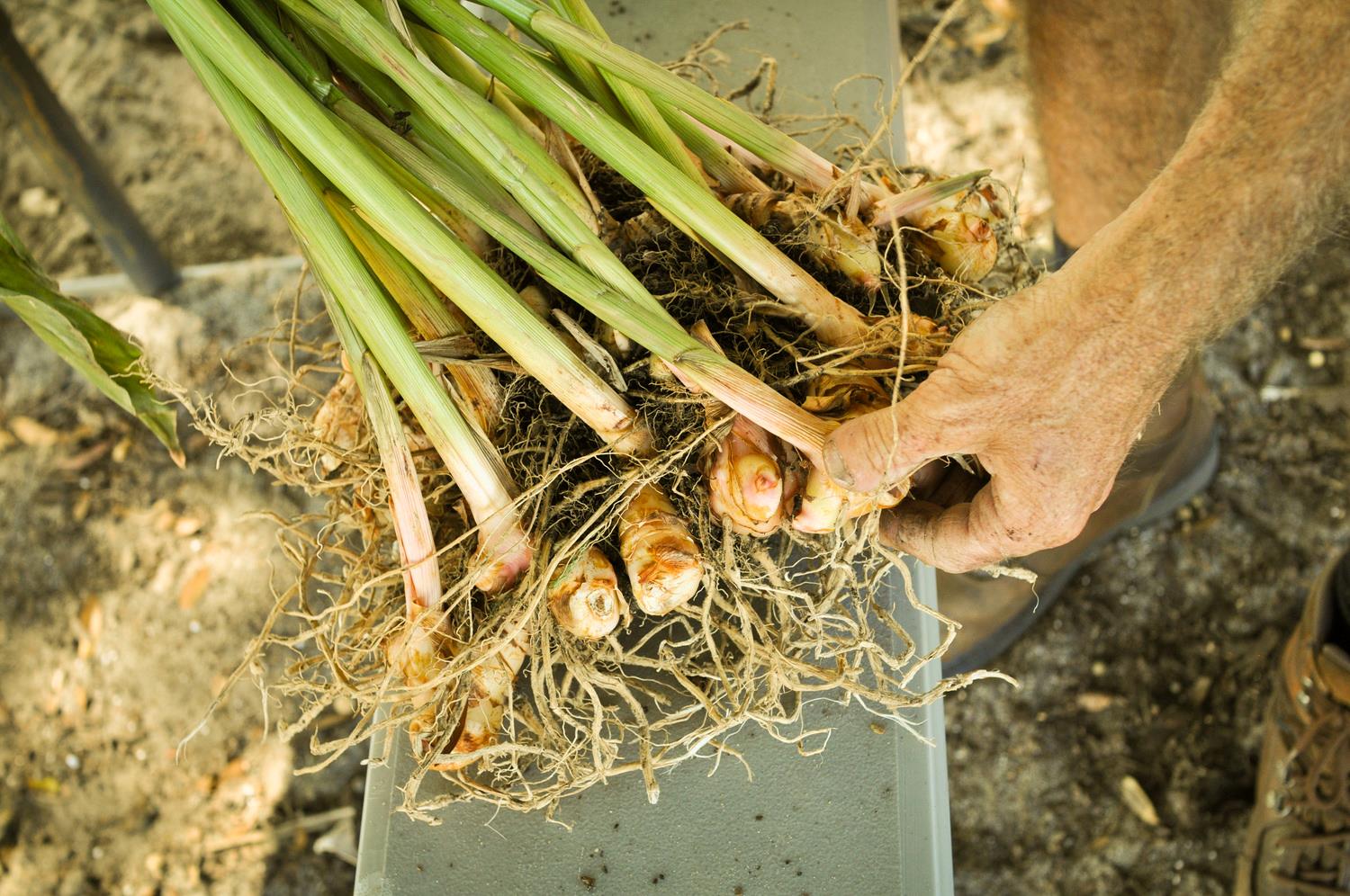

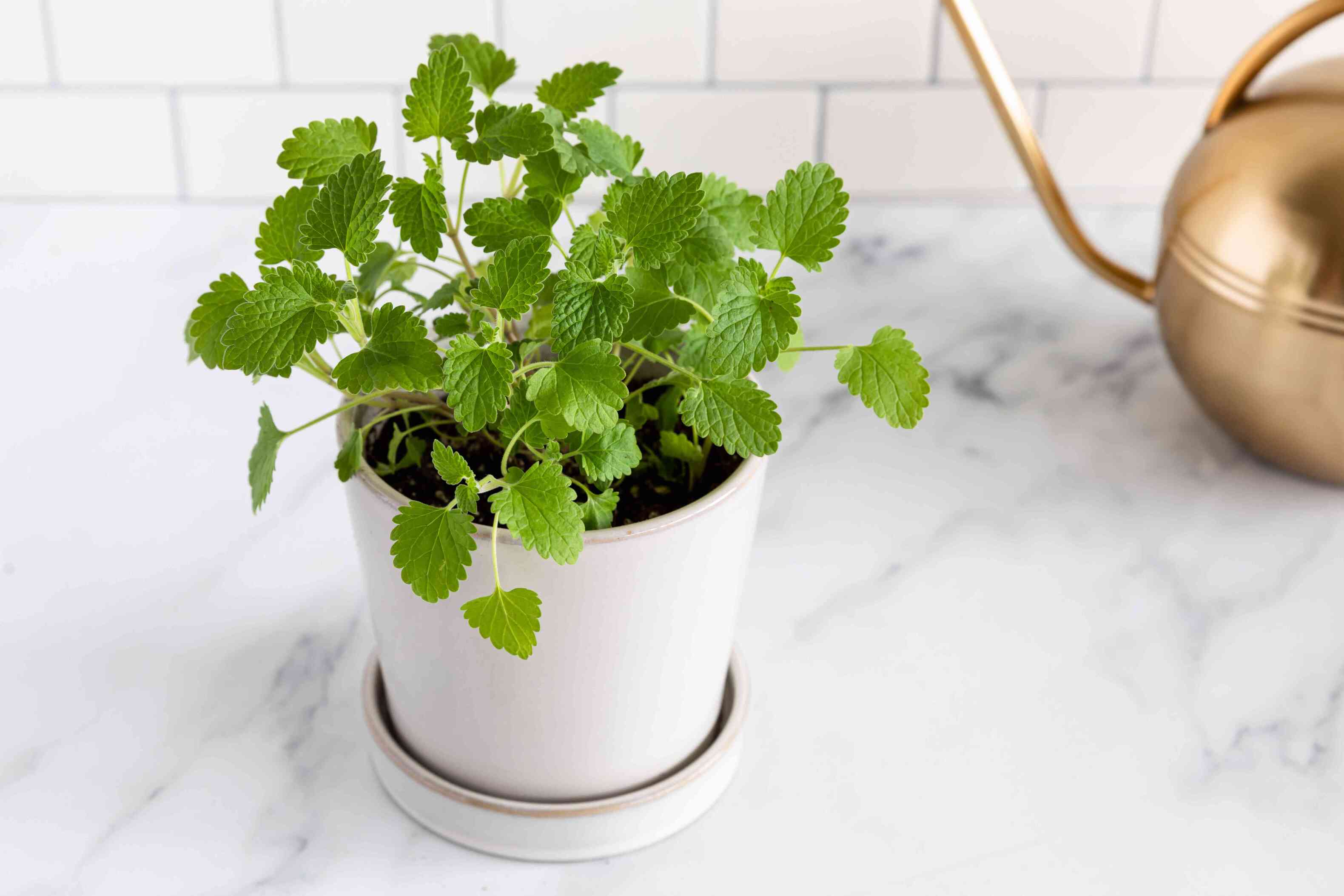



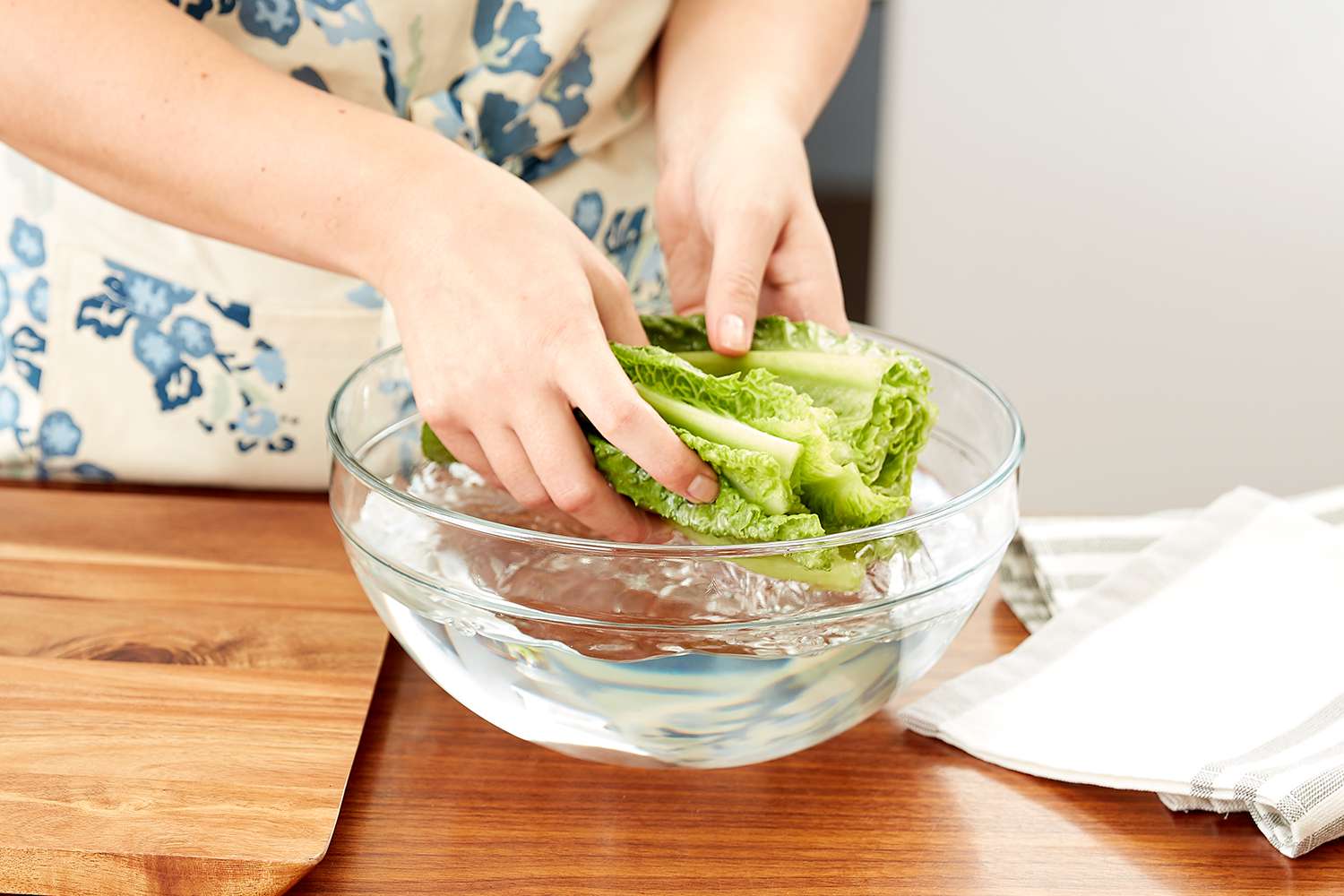

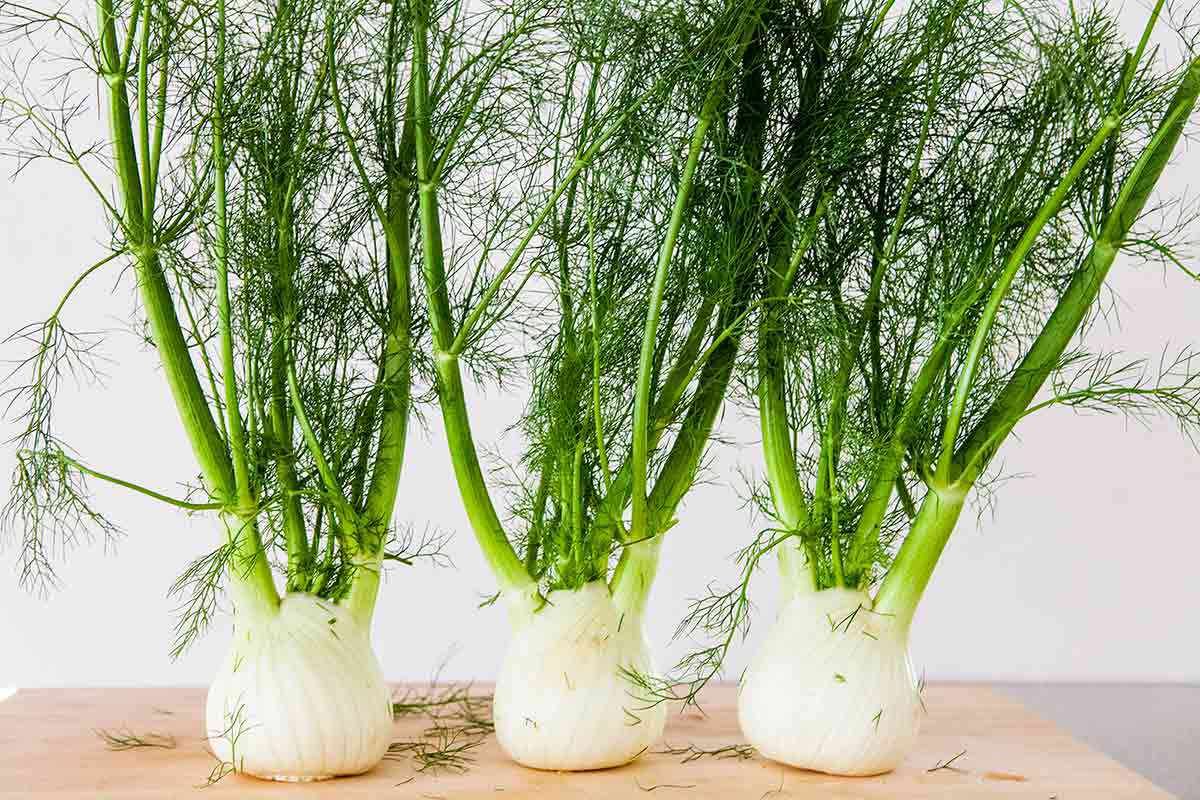
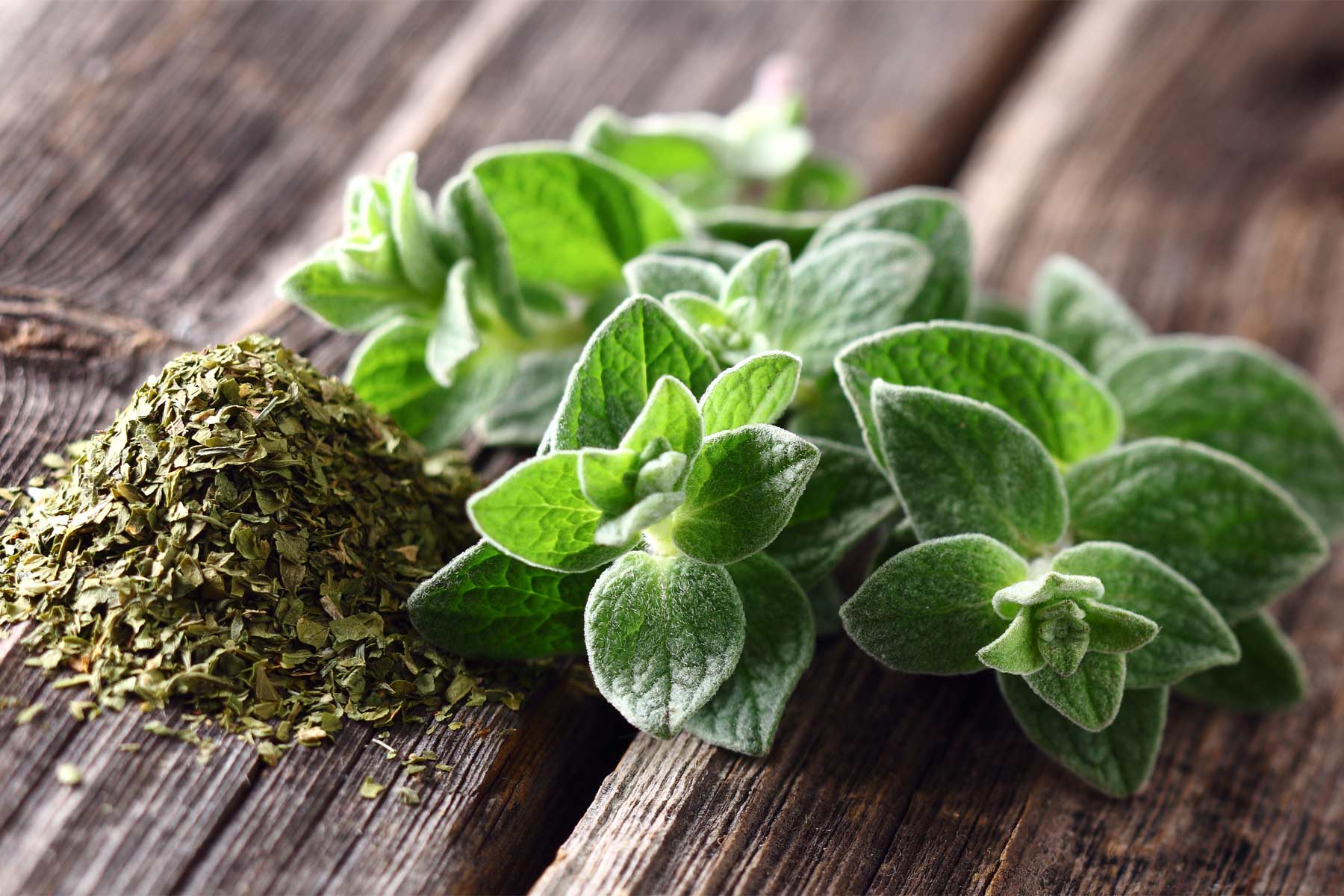

0 thoughts on “How To Store Fresh Turmeric”